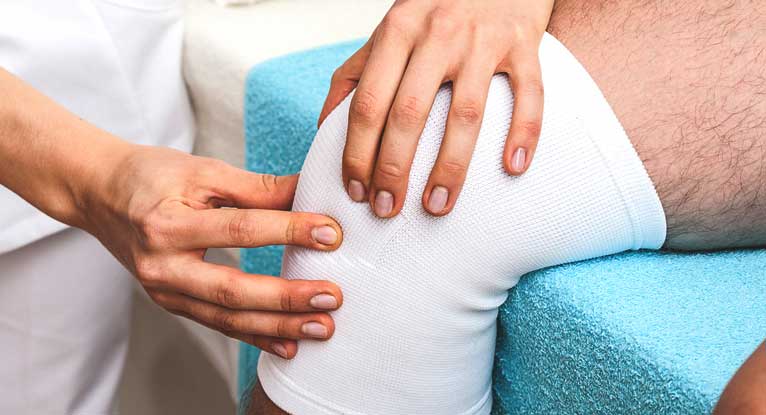
Up to 450% mark-up on knee Implants, Govt may cap prices
HIGHLIGHTS
NEW DELHI: In what could set the stage for capping prices of knee implants, an analysis by the National Pharmaceutical Pricing Authority (NPPA) shows that importers, distributors and hospitals are earning hefty trade margins that can range from 67% to as high as 449%.
After capping prices of cardiac stents, the NPPA report can see the government moving in a similar direction with regard to orthopedic knee implants, official sources said, underlining the Centre’s commitment to rationalize cost of medical care and make it more affordable and accessible.
The analysis shows that in case of an “insert” — used to replace a damaged bone or cartilage in knee replacement surgery — the average total trade margin is 449%, whereas that on the “total knee system” is 313%.

In this scenario of rising and varying prices of medical supplies, it is imperative that the medical supply chain transforms and innovates to achieve transparency, efficiency and end- customer-focus. The online-n-offline medical industry integrators like nwow.in are bringing the end customer or multi-scale hospitals on the same platform as the manufacturers and large distributors leading to drastic cost saving as well as price transparency with ease of buying.
Apart from substantial trade margins, the analysis shows a huge disparity in the landed price of imported knee implants and their MRPs. The prices of a range of products available in the market vary drastically. For instance, in case of Femoral — a device used in knee replacement surgery — the maximum landed price is Rs 29,470, whereas the MRP is Rs 1,69,123. The product is available to the distributor at Rs 83,000.
The MRP of the total “knee system” is Rs 4,13,059, whereas the landed price for the importer is Rs 65,781, the NPPA analysis shows. It reveals that the distributor, who gets the product for Rs 1,67,162, earns a margin of Rs 2,45,297, or 147%, on the product.
There is also a significant gap in the range of prices for any particular product. For instance, the MRP of a total knee system varies between Rs 59,091 and Rs 4,13,059
The data shows distributors and hospitals earning the maximum margin — ranging from 120% to 163% — whereas importers also keep a significant share of the trade margin, ranging between 29% and 109%, depending on the product.
TOI had earlier reported that orthopedic implants are under the NPPA scanner and the government is expected to bring them under price regulation very soon. In May, the regulator placed the devices on the list of products to be monitored and asked companies to submit their price data by the end of the month.
Initially, the regulator shortlisted 19 such commonly used medical devices, including catheters, heart valves, orthopedic implants and intraocular lenses, and asked companies to submit price and production data. It made recommendations to the health ministry to include more medical devices under the national list of essential medicines.















 HIGHLIGHTS
HIGHLIGHTS


